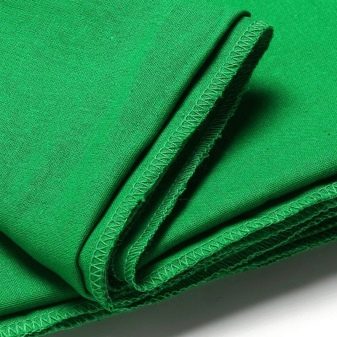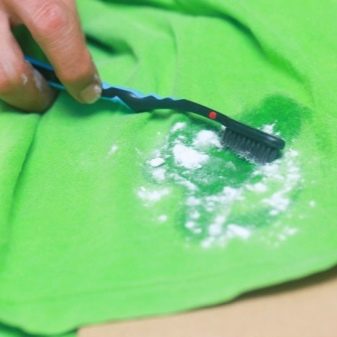All About Chroma Key Fabrics
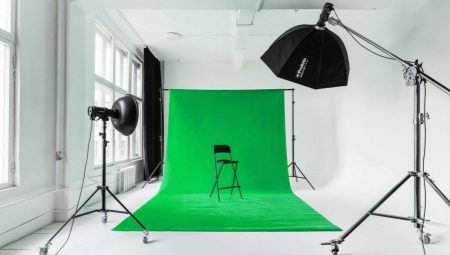
Many of us have seen chromakey cloth. She is almost always used in filmmaking and is often one of the bloggers' assistants and beyond. Often it is green, which could not but become the reason for many jokes on the vast Internet space. About why exactly green fabric is most often chosen for chromakey, as well as how to choose the right canvas, read the article below.
Features and requirements
In fact, the fabric for a chroma key is not always a canvas. We also use paper or special chroma key paints. However, it is the fabric "bases" that last the longest. Also, it is the fabric that is best suited for the transition from horizontal to vertical. Simply put, it is easiest to hide various objects with a fabric product. For this, paper counterparts are not always suitable.

The paints are chosen only when it is necessary to paint the walls or stands of the shooting pavilions. Their advantage is resistance to chemicals as well as water. In such pavilions, you can shoot scenes with splashing water and so on. This background is also used when you need to shoot a large surface or area.
Paper products make the background smoother than fabric counterparts.
They are also easy to cut and therefore used when it is necessary to cover parts of the body or any other small parts.
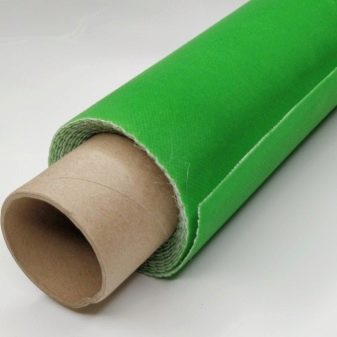
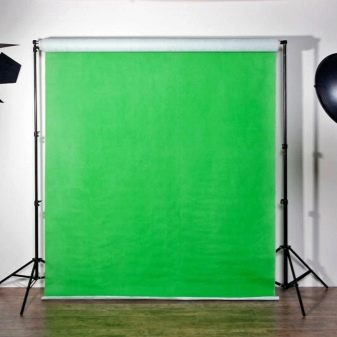
If it becomes necessary to walk on the chromakey canvas, then you need to choose a product made of fabric. It will even withstand the impact of heels.
The fabric needs to be thick enough to be rolled or relatively safe to transport without worrying about wrinkling.Usually, the material for the manufacture of such products is polyester. In this case, the density of textiles should be about 285 g per square meter.
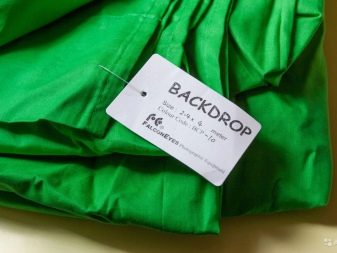
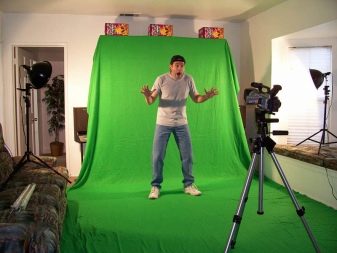
Colors and anti-glare
The fabric for the chroma key must be matte and free from glare. The glare-free fabric saves you a lot of hassle in subsequent graphic processing.
The color of the fabric should be solid and preferably green. The main reason for choosing green is quite simple: on the human body (including clothing), you can rarely find bright green in its pure form. The same applies to the environment - there is practically no green color anywhere. This will make it easier for the editing software to recognize green and cut out the entire area covered by it.
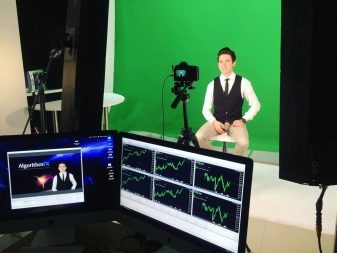
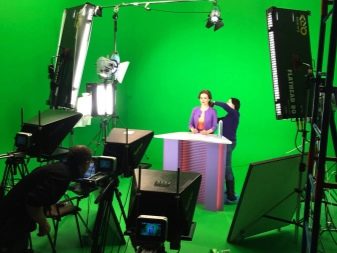
The green fabric for filming should not be too bright (acidic), nor should it be too dark (for example, swampy). For special events, fabrics with a specific image are made to order. Also, photographers use white, blue and gray.
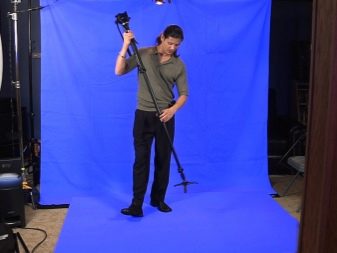
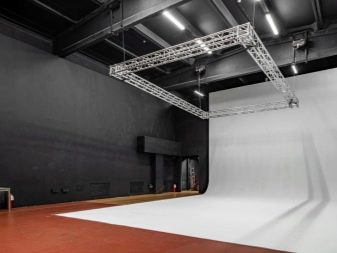
Washable and ironing
Obviously, only fabric items can be washed and ironed. Paper canvases cannot be washed - it is easier to cut off soiled spots and unwind a new part of the "background".
Washing is carried out at a temperature not exceeding 40 ° and according to the information indicated on the label. Ironing should also be done in accordance with the recommendations and usually at a temperature not exceeding 10 °. Hand wash is acceptable and even recommended for relatively thin fabrics.
Fabrics that are too heavy can only be washed in a washing machine. Their manufacturers recommend ironing with a steam iron, not a regular one.
Models with a metal base can only be washed locally (only contaminated areas) and only by hand with cleaning agents.
